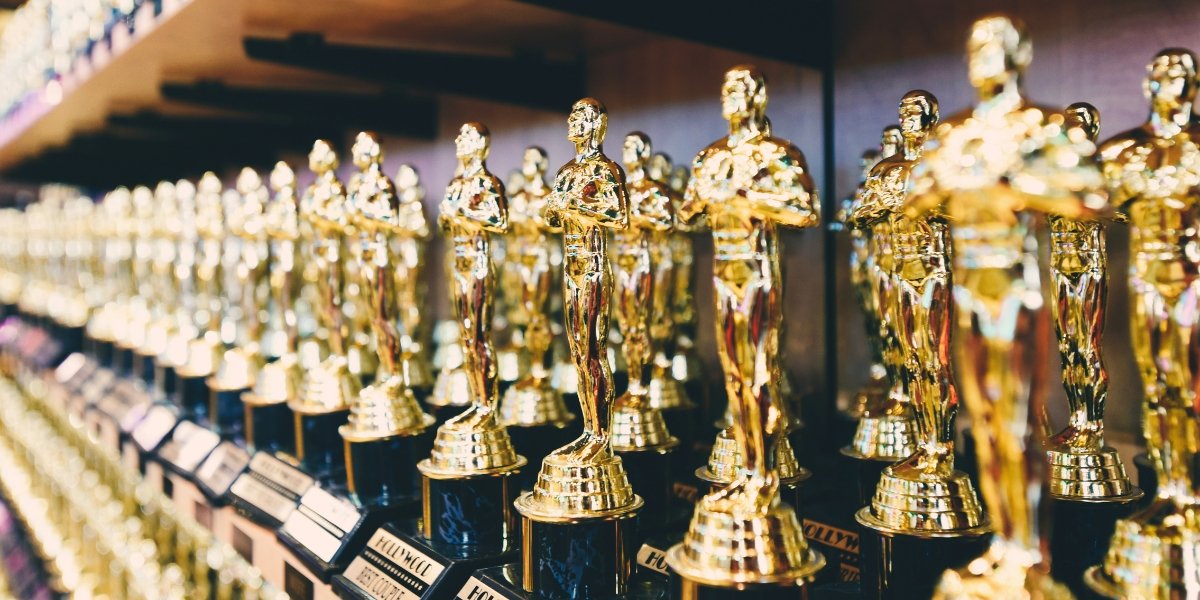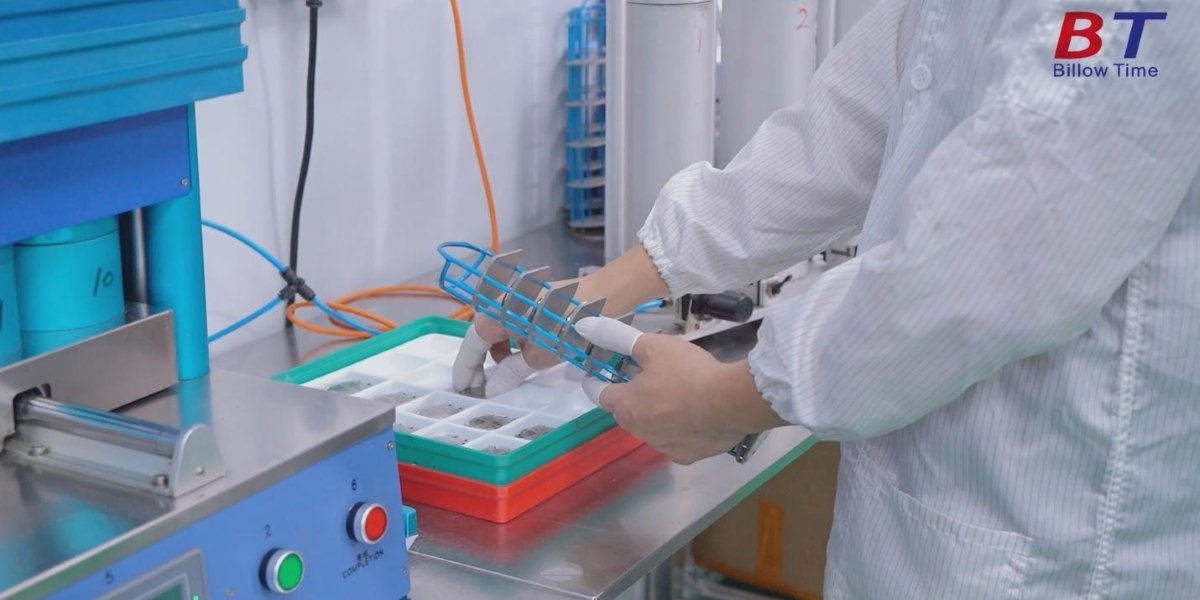Remember those childhood Saturday mornings spent glued to the TV, cartoon adventures blasting through the speakers? Or the thrill of flipping through dog-eared pages of your favorite comic books?
Nostalgia, that powerful yearning for the past, isn’t just a sentimental feeling. It’s a goldmine for the entertainment industry, fueling a wave of reboots, remakes, and reimagined classics that keep us hitting play. But why are we so drawn to revisiting the past through entertainment? And how can creators effectively tap into this potent nostalgia?
There’s a reason why psychologists say nostalgia serves an evolutionary purpose. A study published in the Journal of Personality and Social Psychology suggests that nostalgia “provides comfort and security, especially during times of stress or uncertainty.” Think about it: when life gets overwhelming, curling up with a movie from your childhood can be a soothing escape, a warm hug from a familiar past. Entertainment, then, becomes a portal back to a time that may have felt simpler, safer, or simply filled with unbridled joy.
But nostalgia isn’t just about comfort food for the soul. It’s also about connection. Shared pop culture experiences create a sense of belonging, a common language that transcends generations. A show like “Stranger Things,” for example, masterfully blends 80s references with a coming-of-age story, allowing both those who lived through that era and newcomers to the scene to find something to connect with. Nostalgia allows us to share a cultural touchstone, a “remember when?” moment that fosters a sense of community.
Here’s the thing: nostalgia isn’t a one-size-fits-all phenomenon. What ignites a warm fuzzy feeling in a 40-year-old might not resonate with a teenager. So, how can creators effectively tap into this emotional wellspring?
Beyond the Retro Remix: Nostalgia with a Fresh Twist
A simple rehash rarely cuts it. The key to successful nostalgia-driven entertainment lies in striking a balance between honoring the past and offering something new. Take the recent wave of superhero reboots. While familiar characters and storylines draw in fans, these reboots often incorporate diverse casts, modern themes, and fresh takes on established narratives.
Think of Disney’s live-action remakes. These films capitalize on the audience’s existing love for classic stories while offering stunning visuals and updated themes. They’re not simply carbon copies; they’re reimaginings that allow a new generation to experience the magic while offering a fresh perspective for long-time fans.
Humor can also be a powerful tool. Shows like “The Goldbergs” poke fun at the awkwardness and eccentricities of a specific era, creating a sense of shared amusement for those who lived through it and a glimpse into the past for younger viewers.
Nostalgia can also be a springboard for innovation. Shows like “Black Mirror” use familiar tropes from classic sci-fi to explore the dark side of technology in the modern world. Nostalgia serves as a launchpad for the creators, allowing them to tackle complex themes through a relatable lens.
The Power of Shared Experiences: Nostalgia as a Bridge Between Generations
Ultimately, the power of nostalgia in entertainment lies in its ability to connect us. It allows parents to share their favorite childhood shows with their kids, creating new shared experiences and fostering a sense of understanding between generations. It lets us revisit a simpler time, even if it’s through rose-tinted glasses. And most importantly, it reminds us that even in a rapidly changing world, there’s comfort and joy to be found in the familiar.
So the next time you find yourself drawn to a reboot, a remake, or a show steeped in nostalgia, remember that it’s not just about reliving the past. It’s about forging connections, sparking conversations, and finding comfort in the familiar. Entertainment, then, becomes a bridge between generations, a shared experience that allows us to reminisce, laugh, and maybe even learn a little something new about ourselves and the world around us.














